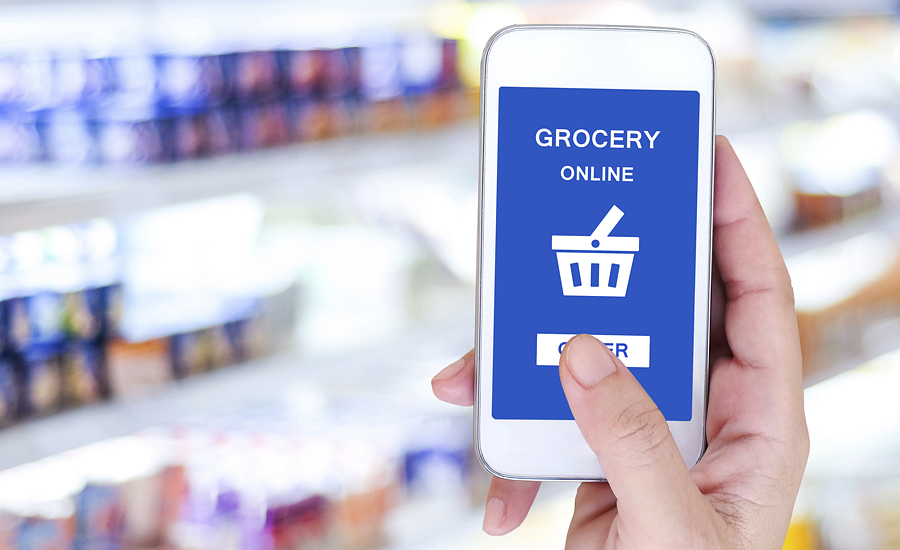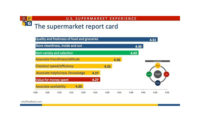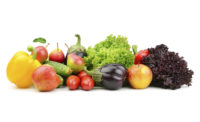Study reveals digital interaction with shoppers strengthening
More than six out of 10 (63%) supermarket shoppers interact with their supermarket digitally, up from the 56% found in 2017.

Online grocery shopping use varies widely across different consumer segments, according to the “2019 U.S. Supermarket Digital & Social Engagement Study,” presented by the Retail Feedback Group (RFG), Lake Success, N.Y.
Digital interaction with supermarkets strengthening
More than six out of 10 (63%) supermarket shoppers interact with their supermarket digitally, up from the 56% found in 2017. More than half check a digital circular (55%), while smaller percentages are building grocery lists (47%), researching special promotions (44%), getting recipes (25%), getting nutritional advice (11%) and reading blogs (9%).
Online grocery shopping use varies
Nationally, the results indicate that 12% overall are engaging with their supermarket to order groceries online for pickup or delivery. Use varies widely, however, by market area, with greater adoption in urban areas (18%) vs. smaller towns/rural areas (7%), as well as generationally with Millennials showing higher use (18%) and Boomers much lower use (6%).
“Shoppers continue to engage with their supermarket digitally in greater numbers, mainly checking a digital circular, building grocery lists or researching special promotions,” says Brian Numainville, principal. “Online shopping, while growing, shows a varied amount of use across different segments. The highest use was found in urban areas or large cities, among Millennials, among larger household sizes of three or more and among shoppers with household incomes higher than $100,000.”
The impact of social media continues to grow
While 85% of shoppers regularly follow one or more social media sites, just 30% are friends with/connected to their primary grocery store, up from 25% in 2017, but still showing a 55% opportunity gap. Facebook, YouTube and Instagram are the most regularly used channels across all shoppers, while Snapchat and Pinterest also show stronger adoption among Millennials. Further, Millennials show the greatest likelihood to alter behavior, such as purchasing a new food item or shopping at a new store, based on social media recommendations. In the past year, 41% of supermarket shoppers praised or complimented a good experience in a food store on social media while 22% complained. Of those who complained, 42% did not get a satisfactory or empathetic response.
“Social media offers an opportunity to open a dialogue with shoppers,” says Doug Madenberg, principal. “A large opportunity gap between shoppers using social media channels and connecting with their stores still exists. Especially alarming is the fact that four out of 10 shoppers who complained about a poor experience in their supermarket on social media did not receive a satisfactory or empathetic response. This finding presents an opportunity area for retailers to examine more closely, as every opportunity to address an issue for a shopper should be taken seriously.”
Looking for a reprint of this article?
From high-res PDFs to custom plaques, order your copy today!






